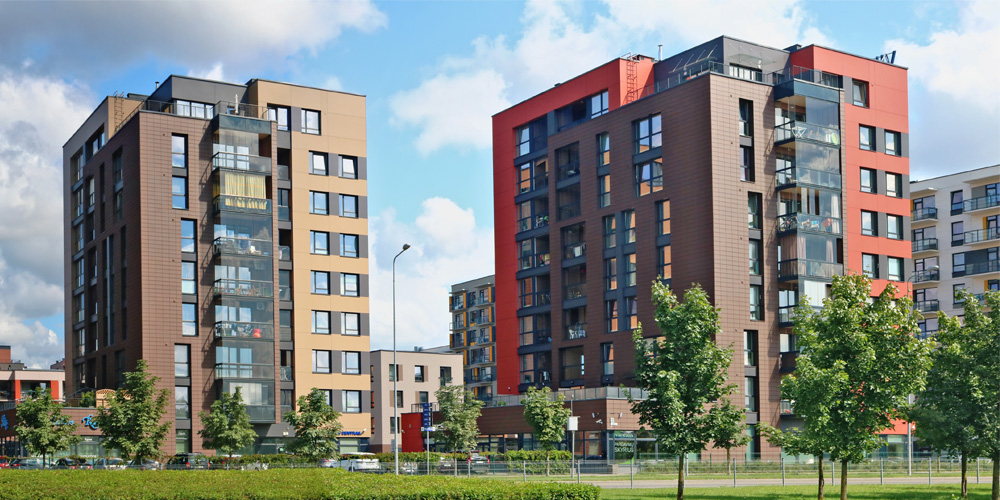Revolutionize As-Built BIM Technology: Breaking Through Challenges with Innovation and LOD 500 Standardization

In our previous blog, we saw how enhancing As-built BIM technology requires a combination of innovation and standardization. By addressing challenges related to data collection, standardization of LOD 500, interoperability, integration with facility management systems, and continuous innovation, the AEC industry can overcome the obstacles and achieve high-quality as-built models. Embracing the advancements will not only improve the accuracy and efficiency of construction projects but also enable better facility management and maintenance throughout a building’s lifecycle.
To overcome the challenges, innovation, and Standardization of Level of Development (LOD) 500 have emerged as prominent solutions. It aims at establishing consistent protocols, specifications, and guidelines for data collection, representation, and transfer of data. Standardization of LOD 500 is crucial for the effective implementation of As-Built BIM technology and for achieving reliable as-built BIM models. Without clear guidelines and protocols, different project teams may interpret LOD 500 differently.
Let’s explore the benefits of Standardization of Level of Development (LOD) 500…..
Overview and Benefits of Standardization
The LOD 500 standard tends to be a more detailed level of as-built BIM modeling with clear guidelines and protocols, that can provide significant benefits to owners, facilities managers, and other building stakeholders.
It builds on the existing LOD 400 standard by adding additional requirements for model accuracy and completeness. The goal of the LOD 500 standard is to provide a more complete representation of a building’s as-built condition, which can be used to improve facility management and operations. Standardization of LOD 500 will facilitate effective communication and seamless integration of as-built data into the BIM model. It will ensure that all project teams are working with a consistent level of detail and accuracy, enabling better decision-making and reducing errors and rework. With standardized LOD 500 guidelines, stakeholders can trust the reliability and quality of the as-built information, leading to increased confidence in using BIM for project planning, design, and execution.
Benefits of Using As-Built BIM Technology
Some of the key benefits of the LOD 500 standard include:
Consistent Quality
Improved accuracy and completeness of as-built BIM models.
Precise facilities management and asset tracking.
A better understanding of building systems and operations.
Reduced time and costs associated with rework, change orders, and delays.
Improved safety due to a better understanding of building systems.
Better coordination between different trades and disciplines.
Streamlined Project Delivery.
Single source of truth.
Facilitated Regulatory Compliance.
Sustainability and environmental benefits
BIM models created by different project teams using different software can be easily integrated and exchanged without losing data or compromising accuracy.
Without standardized processes and protocols, the full potential of LOD 500 cannot be realized. Promoting the adoption of LOD 500 as the industry standard, the construction industry can fully leverage the benefits of BIM for post-construction stages, leading to improved building operations and maintenance.
Conclusion
As-Built BIM technology and the LOD 500 Standardization have immense potential to revolutionize the AECO industry. It ensures that teams are able to accurately capture and measure data about their projects in a more efficient manner which leads to higher quality at a fraction of the time. The innovation and standardization of Level of Development (LOD) 500 in As-Built BIM technology can pave the way for a promising future in the construction industry. By embracing these advancements, numerous benefits that revolutionize construction practices can be unlocked. We can witness the construction industry embracing innovations progressively, and the adoption of As-built BIM technology is not that long set to become increasingly widespread. Consequently, as the industry continues to embrace as-built BIM technology, it becomes increasingly crucial to establish and adhere to standardized practices, ensuring a standardized future for the construction industry as a whole.







